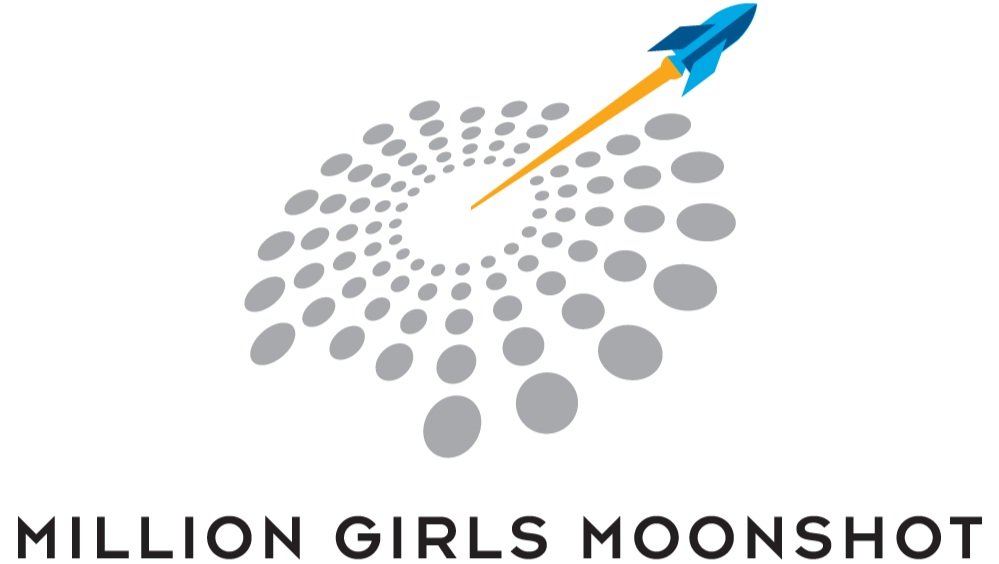
Engineering Mindset
The Moonshot believes that one of the primary goals of engineering education is to promote development of an engineering mindset. An engineering mindset refers to the attitudes and thinking skills associated with engineering — using a systematic engineering design process, considering real-world problems, applying math and science, and working in teams.
Using these skills and many more, engineers design objects, systems, or processes that address the needs and desires of people, animals and society.
The Moonshot focuses on 10 engineering practices. An overview of each practice follows and subsequent briefs will explore each one individually.
Engineering education promotes the development of an engineering mindset - attitudes and thinking skills associated with engineering. An overview of all 10 engineering practices is available to download.

10 Practices for an Engineering Mindset
Each Practice Explored
-

Children consider problems they are solving in context.
-

Children use a specific problem-solving process.
-

Children investigate the properties and uses of materials.
-

Children consider constraints and criteria that require trade-offs.
-

Children envision multiple solutions.
-

Children apply science and math knowledge to problem solving.
-

Children evaluate designs and make improvements.
-

Children persist and learn from failure.
-

Children work effectively in teams.
-

Children envision themselves as engineers.
Engineering Practices Part 3
A Moonshot webinar recording to review the following three of the ten Engineering Practices:
1) Evaluate designs and iterate,
2) Persist and learn from failure,
3) Work effectively in teams, and
4) Identify as engineers.
Engineering Practices Part 2
A Moonshot webinar recording to review the following three of the ten Engineering Practices:
1) Balance criteria and constraints,
2) Apply science and math, and
3) Envision multiple solutions.
Engineering Practices Part 1
A Moonshot webinar recording to review the following three of the ten Engineering Practices:
1) Consider real-world problems,
2) Use a systemic problem-solving process, and
3) Explore the properties and uses of materials.
Need a Place to Get Started with Engineering? Check out the ideas listed below:
Engineering Activities
Find hands-on experiences or creative challenges to build youth confidence in their ability to come up with new, innovative solutions.
Engineering Projects
These are a series of meaningful, relevant activities that progress into a meaningful project that present engineering as a multi step process that includes various phases, such as conducting background research, brainstorming ideas, building technologies, and testing/evaluating solutions.
Engineering Clubs
Devoted exclusively to engineering, these clubs allow youth to form a community and encourage the engineering mindset by working in teams, persisting through failure and creating a culture of innovation.
Club-based Engineering Competition Teams
These engineering clubs meet regularly under the supervision of a leader or instructor who helps prepare the club for some kind of team competition. In the club meetings, kids work together to complete a specific project that will be submitted for judging.
Summer Engineering Camps
Multi-day immersion allows for powerful opportunities for kids to build relationships with peers and mentors and to develop science and engineering practices and habits of mind. Students see their own skills developing and begin to self-identify as engineers.
Note: These ideas can be implemented in any order, at any time.
Mentoring Opportunities
Connect kids with role models through work with local engineering professionals. Students build their engineering mindset through experience in academic, industrial, or governmental workplaces. In addition, students receive guidance on their career and personal development.

